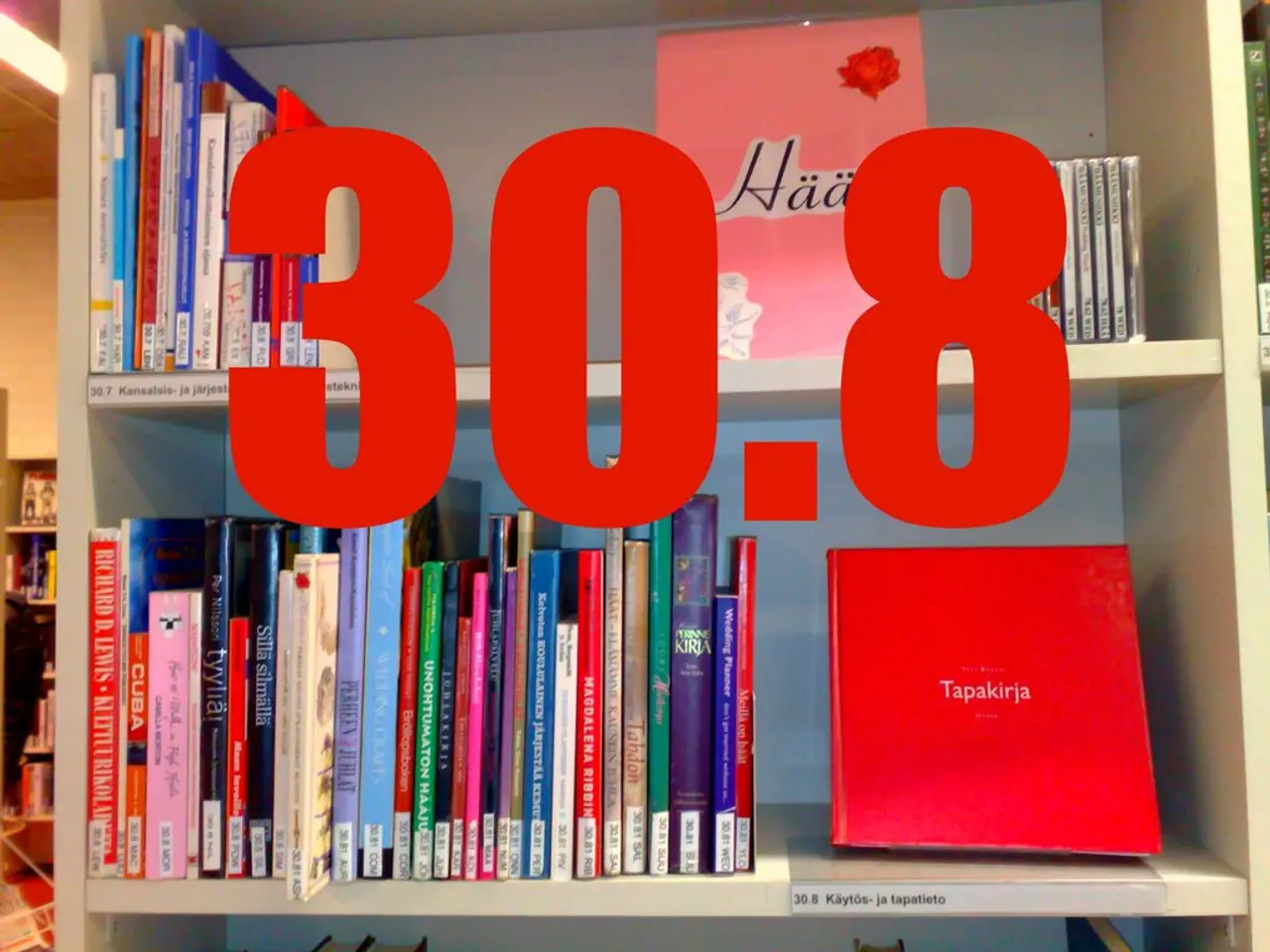Engineer's Personal Account and Reflection of the Fall Semester in the Engineering Program during their Second Year
By Shannon Yeow, Engineering Correspondent
When pursuing a Bachelor of Science in Engineering (BSE) degree, students have the choice between two sequences to fulfil their degree requirements: the Engineering Sequence and the traditional Math and Physics Sequence. Each approach offers distinct benefits and drawbacks, primarily revolving around their focus and approach.
The Engineering Sequence
The Engineering Sequence emphasises applied mathematics and physics tailored to engineering problems, providing a more direct relevance to engineering practice. This sequence often focuses on numerical methods and computational techniques, enhancing practical problem-solving skills in engineering contexts. Additionally, it may integrate more technology and software tools used in engineering, improving readiness for industry applications.
However, the Engineering Sequence may provide less depth in theoretical and abstract mathematical foundations compared to traditional sequences. This could limit exposure to advanced theoretical concepts and underemphasise symbolic and conceptual understanding important for fundamental physics and advanced mathematical reasoning. Furthermore, it might limit flexibility if students later want to pursue research-heavy or theoretical graduate work, which often requires a stronger abstract math and physics background.
The Traditional Math and Physics Sequence
The traditional Math and Physics Sequence provides a strong foundation in both symbolic and theoretical reasoning, fostering a deep understanding of fundamental principles in mathematics and physics. This sequence often emphasises symbolic derivation and theoretical problem-solving methods, which are positively associated with accuracy and conceptual clarity in physics. It builds a robust mathematical toolkit that supports advanced study and research in various scientific and engineering fields.
However, the traditional sequence may be more abstract and less directly connected to immediate engineering applications, possibly requiring additional effort for students focused on practical engineering skills. Additionally, it could involve more time spent on mathematical theory that some engineering students find less relevant to their career goals. Lastly, it might not emphasise the computational and numerical tools that are increasingly important in engineering practice.
Making a Choice
Choosing between these sequences depends on the student’s career goals, learning preferences, and whether they prioritise immediate engineering skills or a broader theoretical foundation. The Engineering Sequence suits those aiming for industry readiness and practical problem-solving, while the traditional sequence better serves those interested in fundamental theory or graduate research.
The Engineering Sequence, with fewer people taking the courses, provides more opportunities to form bonds with peers. The final course in the Engineering Sequence for BSE majors is Multivariable Calculus (EGR 156), which includes two weekly lectures and a precept, with weekly problem sets. While EGR 156 is less focused on real-world applications compared to other courses in the Engineering Sequence, such as the physics courses, it offers a more structured learning environment through its textbook-based approach.
In conclusion, the choice between the Engineering Sequence and the traditional Math and Physics Sequence for BSE degree requirements depends on the student’s individual goals and learning style. Both sequences offer unique benefits and drawbacks, and it is essential for students to consider these factors when making their decision.
[1] Physics Education Research Journal, Vol. 22, No. 3, 2023 [2] Journal of Mathematics and Science Education, Vol. 41, No. 2, 2022
- In the pursuit of a Bachelor of Science in Engineering (BSE) degree, a junior student might choose the Engineering Sequence for its emphasis on practical problem-solving skills in engineering contexts, which could facilitate personal growth and learning through real-world applications.
- For students who value a broad theoretical foundation, the traditional Math and Physics Sequence could be an excellent choice, as it fosters a deep understanding of fundamental principles and supports advanced study and research in various scientific and engineering fields, encouraging education-and-self-development and personal-growth through an in-depth exploration of abstract concepts.




